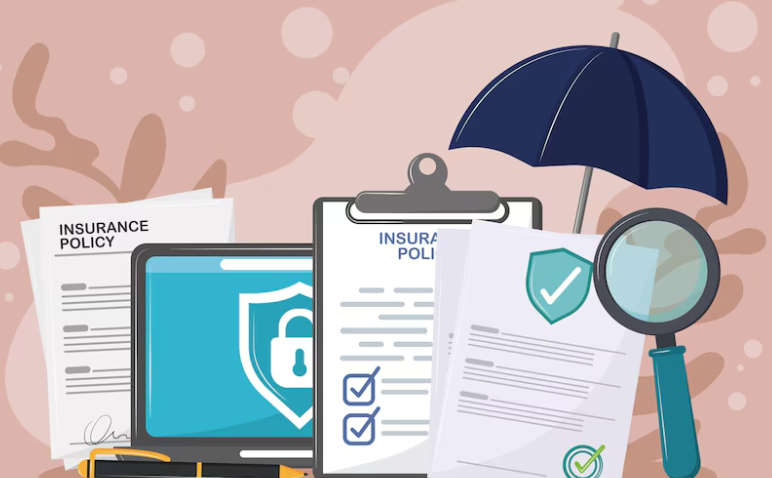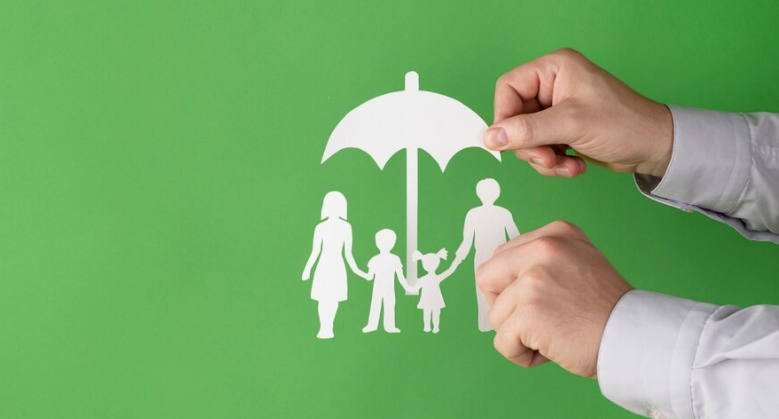Introduction
Your home is one of your most valuable assets, and protecting it with the right insurance coverage is crucial. Home insurance provides financial security against unexpected events such as natural disasters, theft, and liability claims. However, many homeowners assume they are fully covered without fully understanding their policy. This guide will help you determine if your home insurance offers complete protection and what gaps you may need to fill.
What Does Home Insurance Typically Cover?
A standard homeowners insurance policy usually includes the following coverages:
1. Dwelling Coverage
Protects the structure of your home, including walls, roof, and built-in appliances, from covered perils such as fire, windstorms, and vandalism.
2. Personal Property Coverage
Covers belongings inside your home, such as furniture, electronics, and clothing, in case of theft, fire, or other covered damages.
3. Liability Protection
Provides financial protection if someone is injured on your property or if you accidentally cause damage to someone else’s property.
4. Additional Living Expenses (ALE)
Covers temporary living costs if your home becomes uninhabitable due to a covered disaster, such as hotel bills, meals, and other necessary expenses.
Are You Fully Covered? Common Gaps in Home Insurance
Even with a standard policy, there may be coverage gaps that leave you exposed to significant financial risks. Here are some key areas to check:
1. Flood and Earthquake Insurance
Standard policies do not cover floods or earthquakes. If you live in a high-risk area, consider purchasing separate policies for these disasters.
2. Personal Property Limits
High-value items like jewelry, artwork, and collectibles may exceed your policy’s personal property limits. You may need additional endorsements or riders for full protection.
3. Sewer Backup and Water Damage
Many policies exclude damages caused by sewer backups, sump pump failures, or gradual water damage. Consider adding an endorsement to cover these risks.
4. Home-Based Business Coverage
If you run a business from home, your standard policy may not cover business equipment or liability. A home business endorsement or separate policy may be necessary.
5. Replacement Cost vs. Actual Cash Value
Some policies only cover the actual cash value of your belongings, factoring in depreciation. Opting for replacement cost coverage ensures you receive enough to replace lost or damaged items at today’s prices.
6. Liability Coverage Limits
If someone sues you for an injury on your property, standard liability coverage may not be enough. An umbrella insurance policy can provide additional protection.
How to Ensure Full Coverage
- Review Your Policy Annually: Regularly assess your coverage to account for new purchases, home upgrades, and changing risks.
- Consider Endorsements and Riders: Add specialized coverage for high-value items, water damage, or home-based businesses.
- Assess Your Deductible: A higher deductible can lower your premium, but ensure you can afford it in case of a claim.
- Document Your Belongings: Keep an updated inventory of your possessions with photos and receipts to simplify the claims process.
- Consult an Insurance Agent: Work with a professional to tailor your policy to your specific needs and ensure full protection.
Conclusion
Having home insurance is essential, but it’s equally important to understand what your policy does and does not cover. By identifying potential coverage gaps and making necessary adjustments, you can ensure you are fully protected against unexpected losses. Take the time to review your policy, explore additional coverages, and consult with an expert to safeguard your home and assets effectively.


